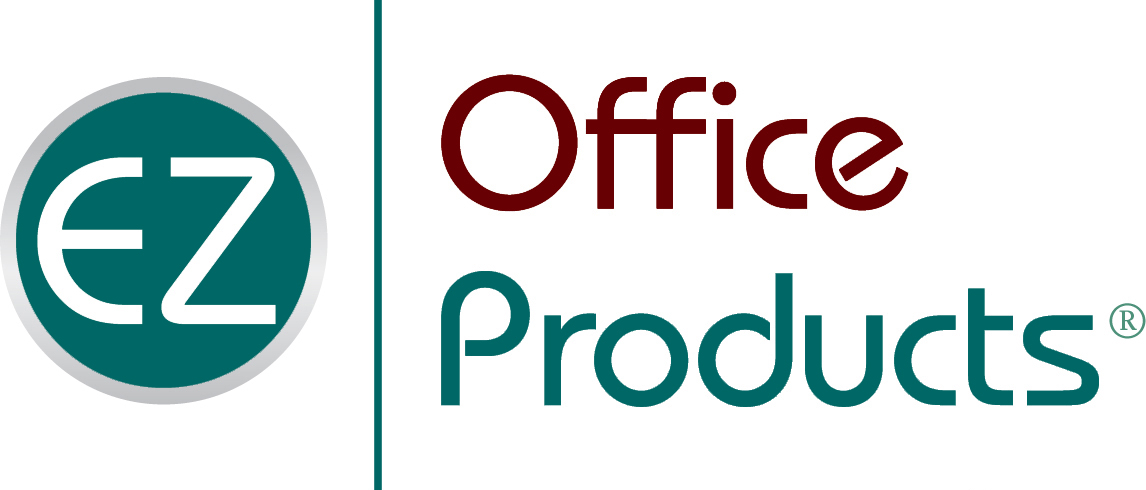Use advice from our experts to help re-envision your workspace.

Comfortable, attractive, and functional office spaces can go a long way to powering workplace productivity. We’ve worked with many companies to help them rethink office space planning that has resulted in some truly inspirational workspaces. If you’re moving to a new location or simply want to re-envision your office layout for increased efficiency, consider these five tips for office space planning and office furniture selection:
- Utilize color to create ambiance
- Decide on storage options
- Think about collaboration
- Incorporate natural lighting
- Go ergonomic
Discover more about each of these tips below.
-
Utilize color to create ambiance
Color is a powerful yet subliminal way to set the tone for your new space. The human brain automatically assigns specific attributes to individual colors, so the ones you use in your office can help evoke the feelings and state of mind you want your colleagues and visitors to experience. For instance, red is often the color of intensity, passion or activity, whereas blues and greens are generally considered calming and can help boost efficiency and focus. Yellow is a color of optimism, energy and freshness that may help induce creativity and an overall mellow vibe.
Find out more about how office colors affect productivity in this infographic.
-
Decide on storage options
One element of office space planning that can often go overlooked is storage requirements. When designing the layout of desks, cubicles, reception areas and group meeting spaces, also factor in office furniture with storage to ensure a clutter-free and functional workspace.
Shop storage and organizers in our online store.
-
Think about collaboration
The design of your office depends in part on the collaboration needs of your team. Will they be meeting often to discuss work and brainstorm new ideas? Go for open spaces that promote collaboration and arrange workstations for easy communication. On the other hand, if your team will spend most of their time working individually, providing them with private workspaces may help improve their concentration and productivity.
Discover these 5 benefits of collaborative office spaces.
-
Incorporate natural lighting
Research indicates that natural light and views of the outdoors are the number one attribute of a productive and pleasurable workplace environment. Without natural lighting, people can experience drowsiness, anxiety and headaches from eyestrain. Office designs arranged around natural lighting sources can increase productivity and employee well-being.
-
Go ergonomic
You’ve probably heard the saying, “you get what you paid for.” When it comes to office furniture selection, cheap is not always best. The average employee spends more than five hours per day sitting at their desk, so it’s important to invest in furniture that supports the spine, joints, and tissues. Improperly-designed office furniture can pose health risks, compromise overall well-being and could lead to musculoskeletal injuries. Ergonomic office furniture designed to fit the shape of the human body and its movements can help your office mates work more comfortably.
Download our guide on how to create an ergonomic office space, or log in to shop our ergonomic office furniture selection.
These tips for office space planning and office furniture selection can help you design an efficient, productive, and ergonomic workspace. For expert advice tailored to your needs, reach out to our Madison-area experts today. Find more helpful office productivity and work-life articles on our blog.
EZ Office Products isn’t your average office supplies and office furniture company. Discover what makes us different here. If you’re not yet a customer, schedule an appointment or call us at (608) 310-4300 today to learn how we can help you save time and money, and boost productivity.
